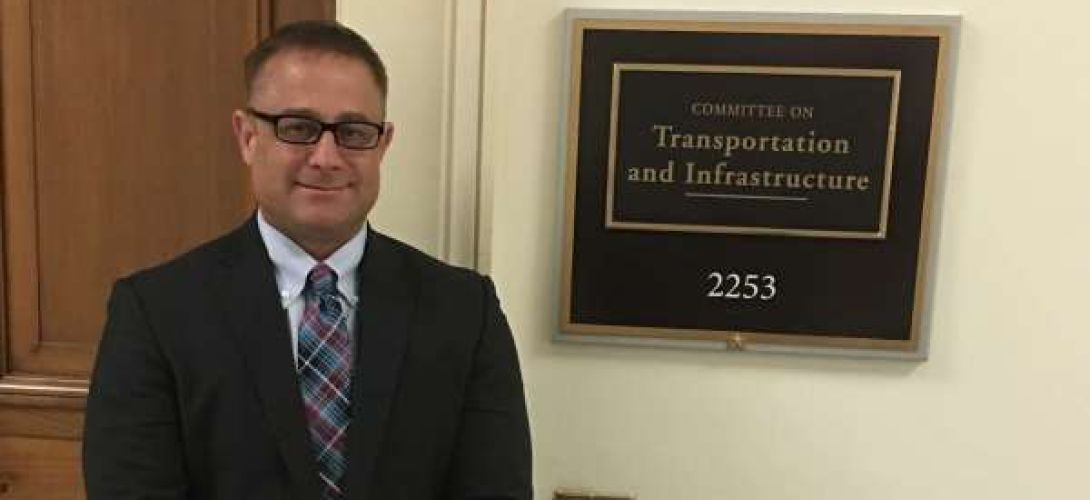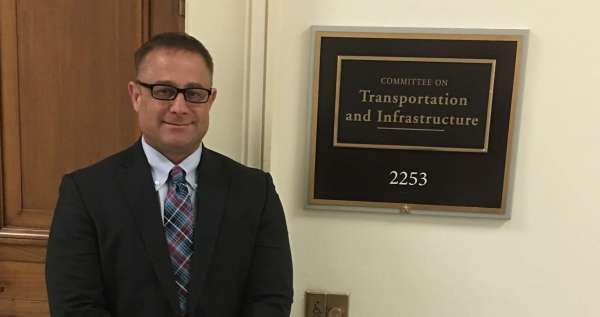
Getting Proof Of Auto Insurance Existence And Coverage | Tracing v Suing

Getting Proof Of Auto Insurance Existence And Coverage | Tracing v Suing
If you own a car, especially a new one, you will understand that auto insurance is as essential as getting a license number or owning the vehicle itself. After purchasing a new car, you must find an insurance company with which you secure car insurance.
Do You Need Help Getting Proof of Insurance from the Insurance Company?
To undergo vehicle registration, you need to provide proof of insurance. Whether it’s in the form of a car insurance card, which provides physical insurance information, or a digital version in the form of an electronic insurance card you can access through a mobile app on a digital device such as a mobile device, i.e., a phone or tablet, it’s vital.
Why Is Proof of Insurance Necessary?
Whether it involves physical insurance documents or electronic proof of a digital insurance card, you must be ready to show proof of an active insurance policy from one of the many car insurance companies all around the state.
The essence of the auto insurance card is to serve as proof of your responsibility as a road user.
You need three essential documents: proof of insurance, vehicle registration, and driver’s license.
Whenever a police officer pulls you over, you must show proof of insurance.
Elements of Proof of Insurance
Most insurers will provide some basic information on an insurance ID card.
This information can include:
- Insurance company’s name and address
- Effective date and expiration of the policy
- Policy number and National Association of Insurance Commissioners (NAIC) number
- The policyholder’s first and last name
- The insured vehicle’s year, make, model, and identification number (VIN.).
Proof of Financial Responsibility
You must show responsibility for any vehicle you own in case of injury to other people or damage to their property. Most people show responsibility by buying auto liability insurance.
California law states:
“All drivers and all owners of a motor vehicle shall at all times be able to establish financial responsibility and shall at all times carry in the vehicle evidence of the form of responsibility in effect for the vehicle.”
If you do not have auto liability insurance, you incur a fine; law enforcement can suspend your license and impound motor vehicles.
Different Forms of Proof of Insurance
There are several forms of documentation to use as proof of insurance. You will need to get one of these documents from your insurance company, so they can verify that you have an active policy. These documents include the following:
An Insurance Card
You can obtain insurance cards from many insurers as the most common way to show proof of insurance. When you purchase car insurance, your insurance company will mail you a physical card to keep in your vehicle that proves you are an insured driver.
You also likely have the option of an electronic one. Most major insurance companies also allow policyholders to access a digital insurance card through a mobile app. This is a more convenient way to show proof of insurance because you don’t need your physical card.
Proof of Coverage Letter
When you get an auto insurance policy, you will receive a proof of coverage letter from the insurance company. You can save the letter and keep it in your vehicle as valid proof of insurance. The coverage letter includes the information you find on your insurance card.
SR-22 Form
If your license gets suspended, you must fill out an SR-22 form (also called an F-44 form) to show proof of responsibility before your license can get reinstated. An SR-22 form doesn’t replace your insurance, but it’s a supplement showing you have the minimum amount of coverage for your state. You can get an SR-22 form through your insurance company.
How to Get an Insurance ID Card
There are three ways to get your vehicle insurance card, all relatively convenient.
- By mail from your insurer: The easiest way to get a vehicle insurance card is to request one. They usually mail you multiple paper insurance cards, often just as part of starting a new policy.
- Print it out yourself: You can also ask your agent or company to email you a copy of the card, which you can print and store in your glove compartment.
- Display your card on your phone: Multiple companies, including Allstate, Geico, State Farm, and Progressive, allow you to access your insurance card through their mobile apps.
What are Insurance Coverages?
To exchange insurance information, you should ensure that you meet the insurance requirements presented in the auto insurance policies as agreed upon by you and your insurance agent. Most insurance companies have these in their insurance policy, but it is also expedient to leave out nothing of the insurance policy.
Liability Coverage is for accidents that are your fault.
- Medical liability pays for the bodily injury caused to the other person due to the accident that was your fault.
- Rental car for the other party for the time their car is at the repair shop
- Property damage liability pays for property damage you cause a third party.
Under California law, you must have this coverage.
Personal car insurance coverage is for accidents when the other driver is at fault and does not have insurance or does not have enough insurance. Also known as Uninsured/Underinsured Motorist Coverage
- Bodily injury coverage pays medical expenses for you and your passengers.
- Property damage coverage pays the cost of repairs to your car not covered by collision coverage. You may not need this if you have collision coverage.
The insurance company usually offers this coverage, but you can choose not to buy it. Although, it is beneficial and advisable that you buy it.
Medical Payments Coverage pays limited medical expenses for people injured in the car you drive when you have an accident, whether or not you are at fault.
There may be an offer of this coverage for you.
Physical Damage Coverage pays the cost of repairs or replacement of your car minus your deductible.
- Collision covers damage to your car from an accident with another car or a physical object, such as a deer.
- Comprehensive covers damage to your car from events other than a collision, such as theft, fire, or vandalism.
This is a requirement by lenders or leasing companies as a token to show proof of insurance.
Contact Ehline Law for Any Problems with Car Insurance
If you need help with your insurance or are unsure how to obtain proof to show law enforcement, we can help. Contact us online or call (213) 596-9642.
Categories

Michael Ehline
Michael Ehline is an inactive U.S. Marine and world-famous legal historian. Michael helped draft the Cruise Ship Safety Act and has won some of U.S. history’s largest motorcycle accident settlements. Together with his legal team, Michael and the Ehline Law Firm collect damages on behalf of clients. We pride ourselves on being available to answer your most pressing and difficult questions 24/7. We are proud sponsors of the Paul Ehline Memorial Motorcycle Ride and a Service Disabled Veteran Operated Business. (SDVOB.) We are ready to fight.
Go here for More Verdicts and Settlements.
